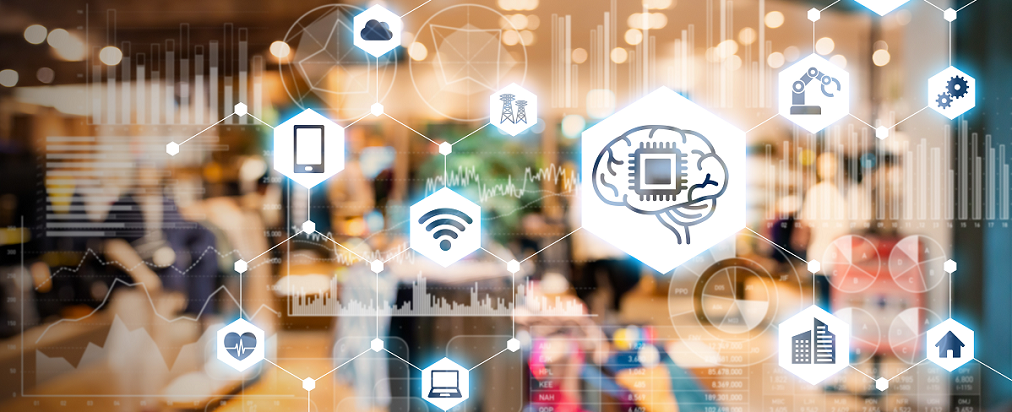
Retail, like many industries, is using IoT technology to enhance customer experience, reduce costs, drive growth, and improve overall performance. There are many ways in which the retail industry can use IoT technology. The sensors allow store managers to monitor customer satisfaction, provide supply chain insights, monitor food safety, track assets, etc. The collected data from sensors open new opportunities and move business ahead, if it is analyzed and used strategically.
Smart Store Monitoring supports retailers in their journey to IoT adoption, through two main objectives:
The real-time data is collected by always-connected sensors.
Gathered data is stored and processed on a big-data platform.
Data analytics is performed to gain insights.
Real-time detection and reaction to opportunities and threats.
The sensors monitor the behaviour of people visiting the stores. They gather data by counting the number of people entering and exiting the spaces and by measuring their actions and movement.
They measure the temperature of the environment and collect data to monitor or signal temperature changes.
They measure the humidity in the environment, working to control it in order to prolong the life and quality of the products, applying the proper humidity for each area.
The magnetic sensor counts how many times the refrigerator door was opened/ closed, notifying working personnel when a beverage supply is needed.
The sensors monitor the temperature inside the refrigerator and alert in case of fluctuations outside the set parameters.
Using smart energy management devices, responsible personnel will be alerted in real- time about any failure or any problem of the electricity system.
Using the data provided by in-store sensors, we can develop actionable alerts that could start the ovens, but also forecasts for the optimum operating times, for each location.
The dashboard transforms all the sensor-collected data into information and insights, supporting the decision-making process.
The data and events history of each sensor are stored for detailed analysis. Managers can see all the data received from IoT devices on a display of a computer or a mobile device, through a dashboard filled with graphs, charts, and tables, that help visualize and understand complex information more easily.
Moreover, dashboards help managers to make real-time decisions by operating with real-time data or create long-term strategies using detailed analysis.
Smart Store Monitoring enables rapid and scalable IoT deployments with full-scale identity management. Its security management is based on the following pillars:
- Data acquisition: the sensors acquire physical signals from the environment, converting them into encrypted digital information.
- Data communication: all sensors send encrypted data to prevent manipulation and alteration.
- Data processing: the platform allows only authorized users to access the captured data.
- Data storage: all data uses encryption technologies in order to be stored on a big data platform.
Find out more about Smart Store Monitoring
Leave us more details about the challenges you encounter, and we will come back as soon as possible to set up a discussion.










